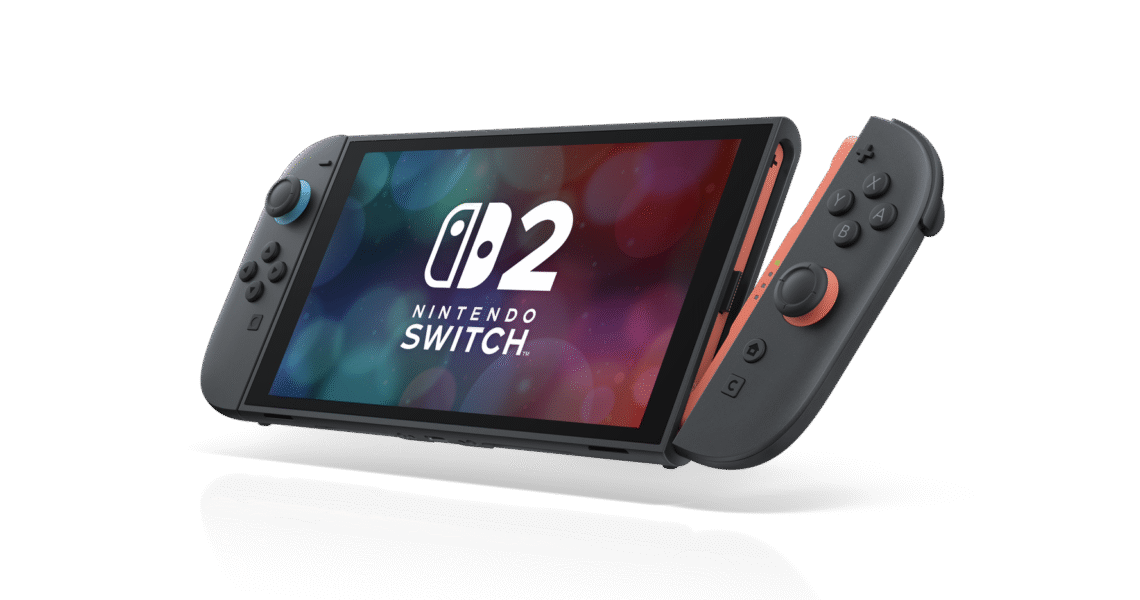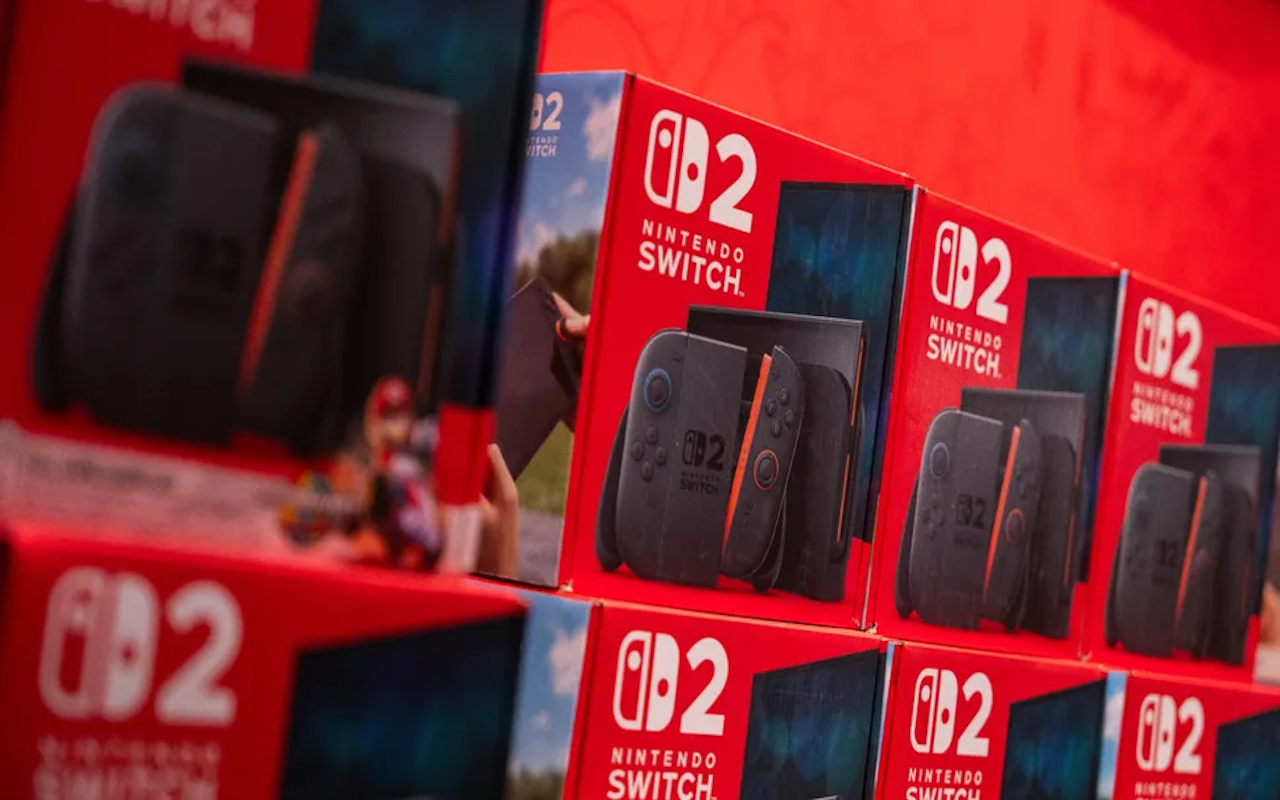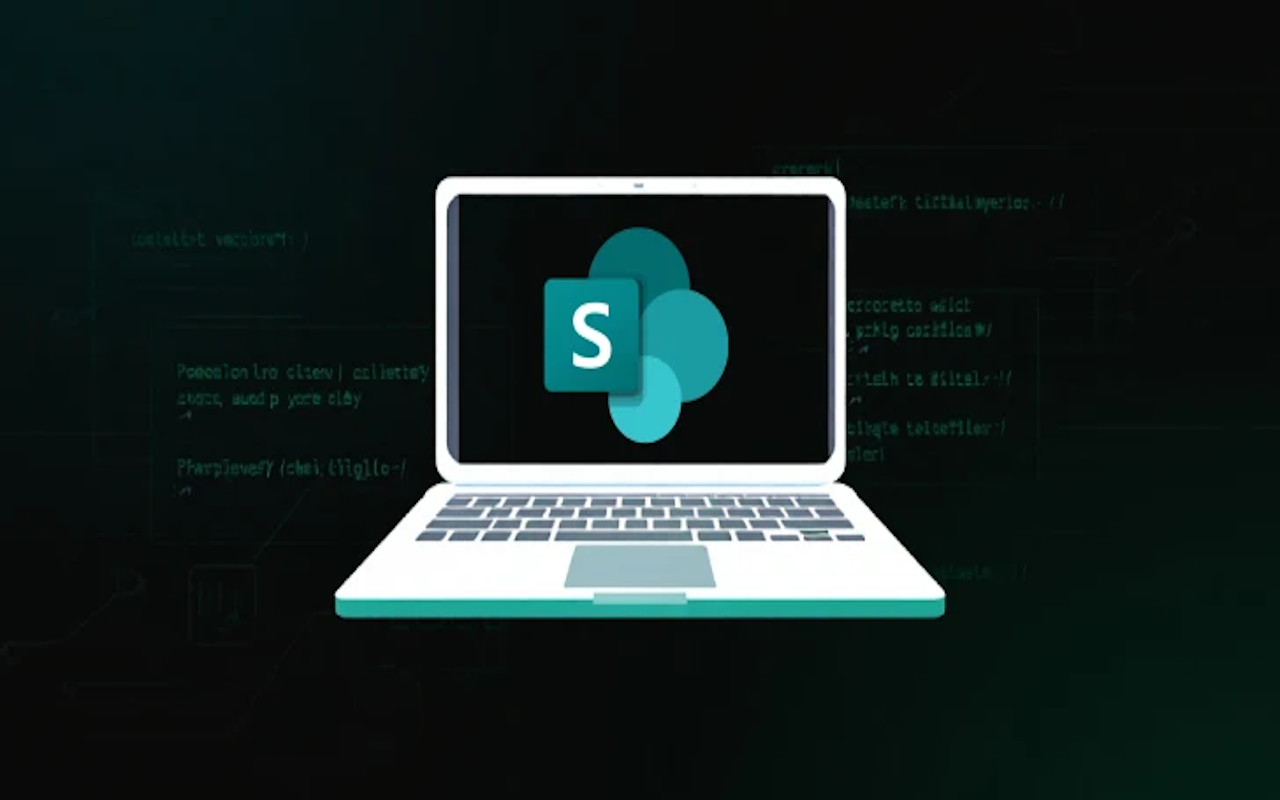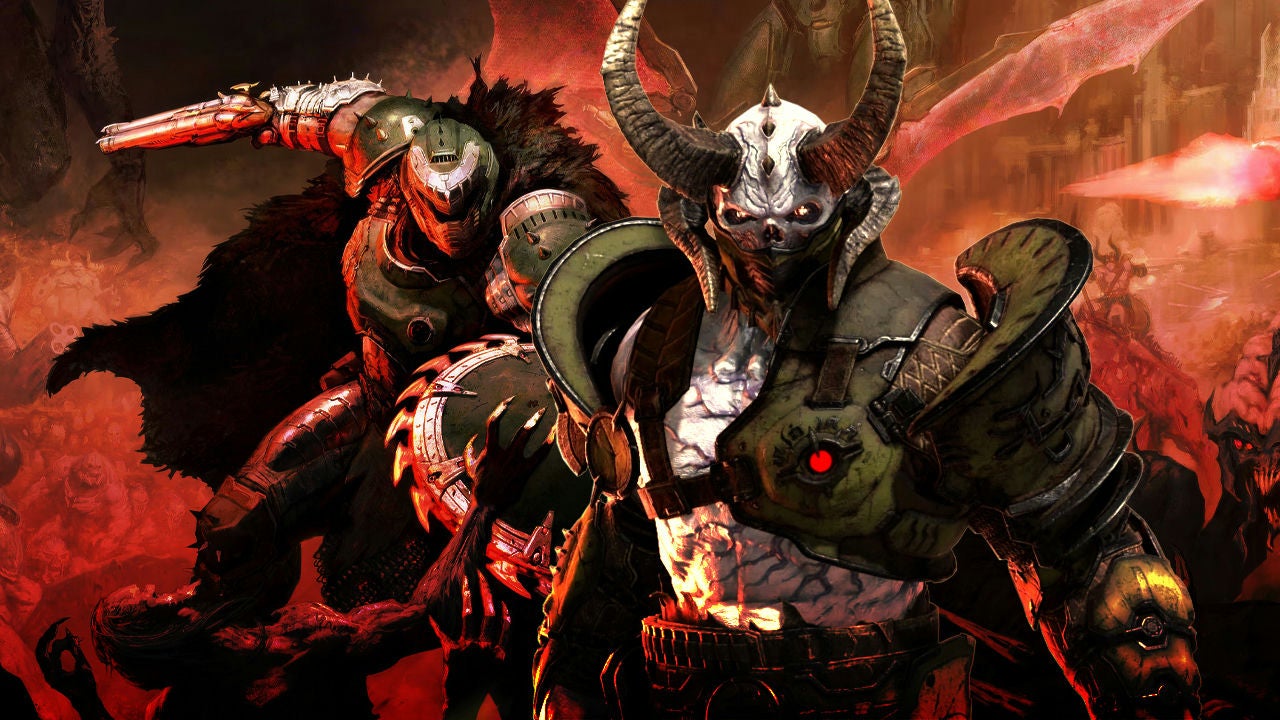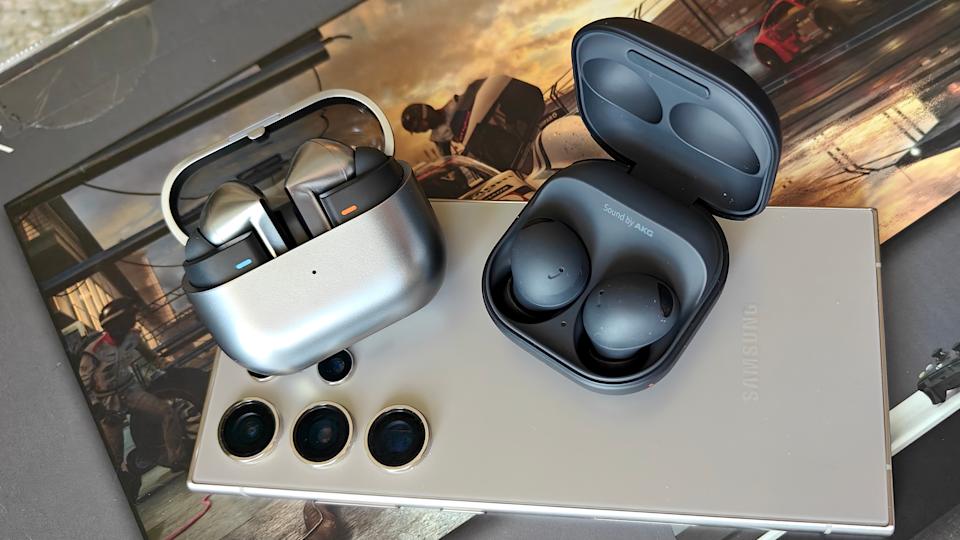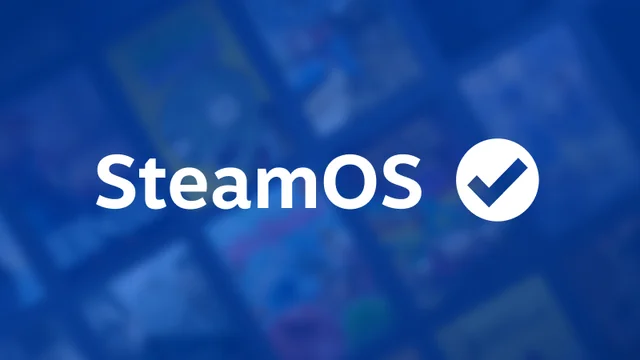Switch 2 Launch: Nintendo Faces US Tariff Headwinds
Nintendo is gearing up for the highly anticipated release of its next-generation console, the Switch 2, but not without significant economic concerns on the horizon.
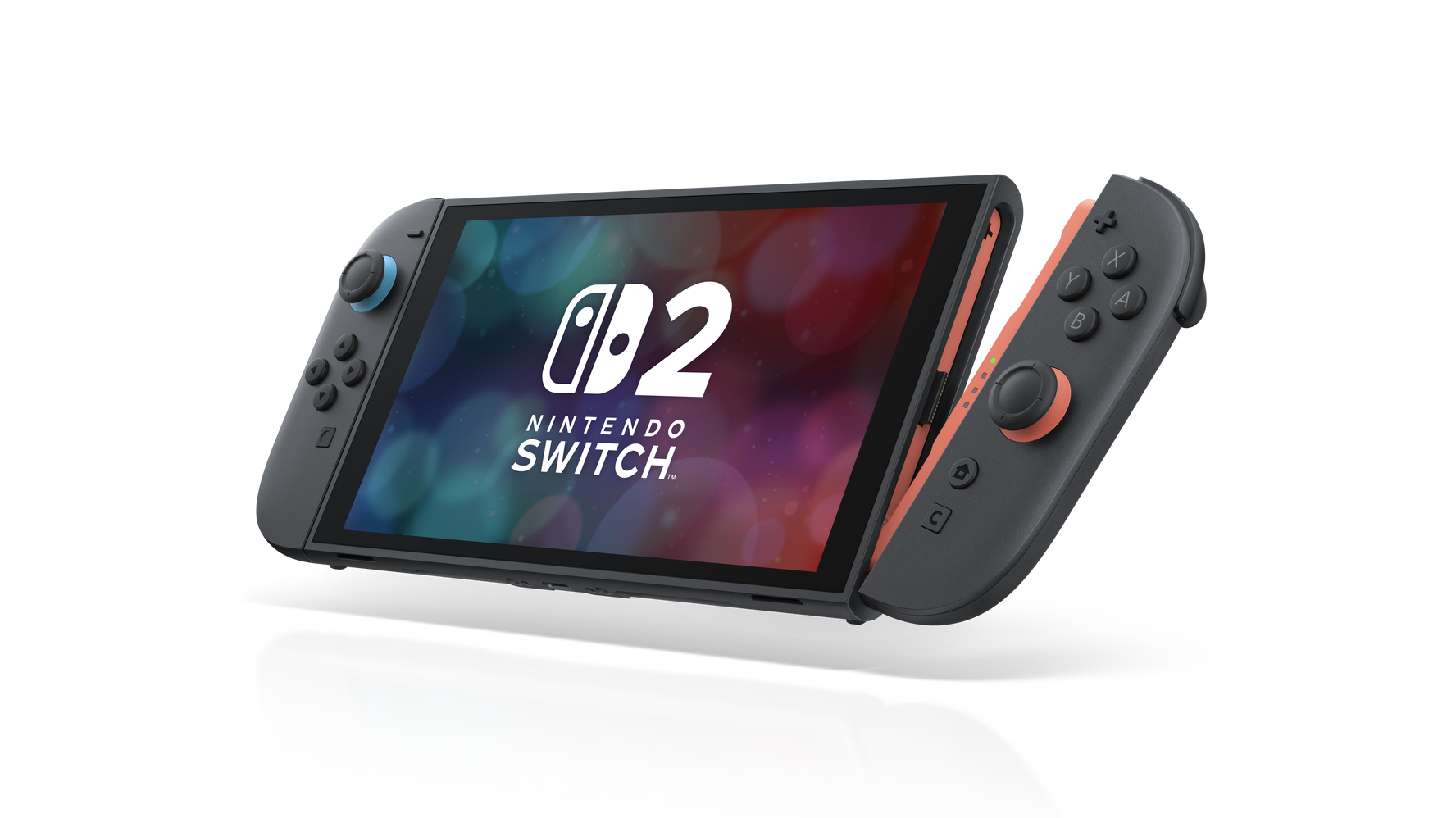
Switch 2 Launch: Nintendo Faces US Tariff Headwinds
Following the disclosure of Nintendo’s financial results for the 2025 fiscal year (April 2024-March 2025), company President Shuntaro Furukawa shed crucial light on both the firm’s immense expectations for the new hardware and the formidable obstacles that could impede its widespread success. Among these, potential U.S. tariffs stand out as a primary source of apprehension.
Setting the Stage: High Expectations for the Switch 2
The gaming community’s excitement is palpable as the projected June 5 launch date for the Switch 2 approaches. Evidence of surging demand is abundant, with Nintendo’s official pre-order lotteries, especially in Japan, experiencing massive oversubscription. To meet this robust consumer interest, Nintendo is diligently “working to strengthen their production.” The company’s internal projections for the 2026 fiscal year (April 2025 to March 2026) reflect this optimism, forecasting substantial global sales of 15 million Switch 2 hardware units and 45 million software units.
The “Switch 2 launch effect” is anticipated to be a major catalyst for Nintendo’s overall financial performance in FY2026. The Japanese entertainment giant expects consolidated net sales to soar by an impressive 63.1% to 1.9 trillion yen (approximately $13.04 billion USD). Simultaneously, final profits are projected to climb by 7.6% to 300 billion yen (approximately $2.05 billion USD).
These ambitious figures underscore the critical role the Switch 2 is poised to play in driving Nintendo’s immediate and long-term growth trajectory.
The Economic Cloud: Concerns Over U.S. Tariffs
Despite the promising outlook, President Furukawa’s recent press conference revealed palpable concerns regarding the U.S. market. The United States has historically been Nintendo’s largest territory for the original Switch, making its economic stability and consumer purchasing power paramount. The Switch 2, a technologically advanced console boasting enhanced features and performance capabilities, naturally comes with a higher price point compared to its predecessor.
“The unit sales price is high, and there are corresponding hurdles,” Furukawa stated, as quoted by the Yomiuri Shimbun. He affirmed, “however, we are aiming for a launch on par with (the first) Switch.” The original Nintendo Switch achieved remarkable success, selling 15.05 million units in its inaugural year—a benchmark the Switch 2 is projected to meet or exceed, with a forecast of at least 15 million units.
These “corresponding hurdles” primarily involve the potential ramifications of renewed U.S. tariffs, particularly those that could impact the Switch 2’s manufacturing costs and, crucially, American consumers’ disposable income.
Tariff Impact: Squeezing Consumer Spending and Corporate Profits
During the online press conference, Furukawa articulated the direct financial hit from tariffs, estimating an impact on Nintendo’s profits in the “tens of billions of yen.” He elaborated on the broader economic implications for consumers: “If prices of daily necessities like food increase (because of the tariffs), then people will have less money to spend on game consoles.
If we were to adjust the price of the Switch 2 (in response to the tariffs), this could decrease demand.” This statement highlights a delicate balancing act for Nintendo: absorbing increased costs to maintain competitive pricing, or passing them on and risking a dampening of consumer demand.
Dissecting Nintendo’s Tariff Assumptions and Global Supply Chain
Further insights into Nintendo’s strategic financial planning concerning U.S. tariffs were disclosed in the company’s shareholders’ Q&A summary, published on May 9. Furukawa detailed the specific assumptions informing their current forecasts: “We have made this forecast based on the assumption that tariffs on Japan, Vietnam, and Cambodia will be 10%, and tariffs on China will be 145%.” This granular detail offers a glimpse into Nintendo’s complex and diversified global supply chain.
He clarified that the primary manufacturing hub for Switch hardware destined for the crucial North American market is Vietnam. Conversely, other Nintendo products, such as various accessories and the popular amiibo figures, are manufactured in China. Nintendo’s analysis suggests that the brunt of these tariffs will predominantly affect hardware components and the final console units.
Interestingly, the company maintains the assumption that physical software titles will largely escape the tariff impact, as they do not fall under the specific categories outlined by the U.S. government’s recent tariff announcements.
Strategic Pricing: Balancing Costs and Consumer Acceptance
Nintendo’s fundamental approach to tariffs is to categorize them as an operational cost, factoring them into its overall pricing strategy. However, President Furukawa underscored a vital strategic consideration: the imperative to sustain the strong sales momentum of the Switch 2 and ensure its broad adoption by the consumer base.
This commitment implies that any potential pricing adjustments will be meticulously evaluated, taking into account a multitude of factors, including the critical element of customer acceptability. The company navigates a precarious line, striving to maintain financial health while ensuring the new console’s widespread market penetration and appeal.
Market Outlook: Demand vs. Economic Uncertainty
Industry analysts have described Nintendo’s 15 million unit sales forecast for the Switch 2 as “conservative,” primarily due to the inherent uncertainties introduced by the tariff situation.
Despite these economic headwinds, the underlying consumer demand for the Switch 2 appears undeniably robust. After a brief delay, partly attributed to tariff-related considerations, Switch 2 pre-orders officially commenced on April 24, with the console’s price fixed at $449.99 in the U.S. The initial response was overwhelmingly positive.
Demonstrating the unprecedented demand, Nintendo has even issued a cautionary message to U.S. customers who pre-ordered from the My Nintendo Store, indicating that release day delivery cannot be guaranteed due to the exceptionally high volume of orders. This strong consumer enthusiasm contrasts sharply with the cautious financial outlook, highlighting the unique challenges Nintendo faces.
A Defining Moment for Nintendo’s Flagship Console
The launch of the Nintendo Switch 2 represents a pivotal moment for the renowned Japanese gaming company. While the excitement surrounding the console and its projected sales figures are significant, the persistent threat of U.S. tariffs introduces a substantial layer of economic complexity.
Nintendo is tasked with navigating these external pressures while simultaneously ensuring the Switch 2’s broad market availability and maintaining its profitability. The coming months will critically demonstrate Nintendo’s ability to skillfully manage the intricate interplay between its ambitious commercial objectives and the dynamic global economic landscape, ultimately shaping the trajectory of its next flagship console.
